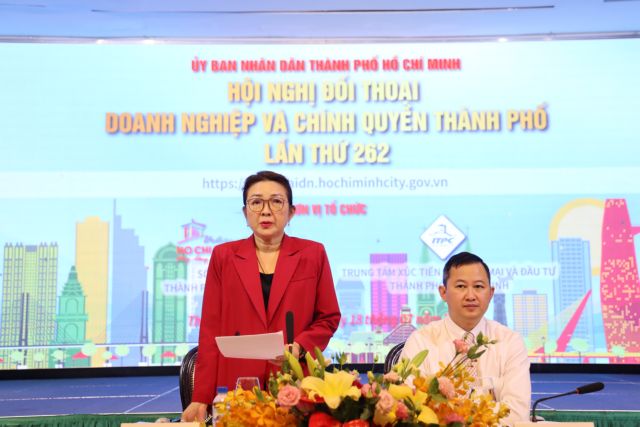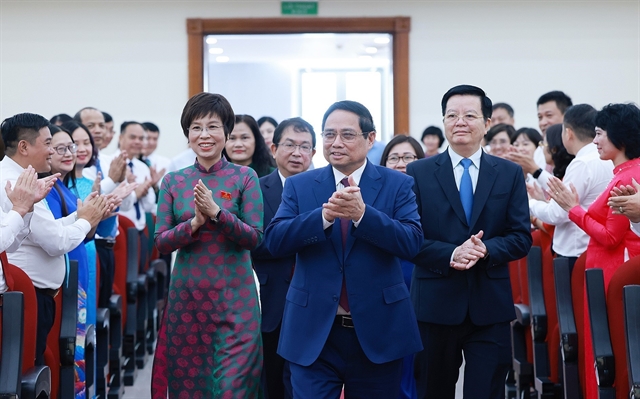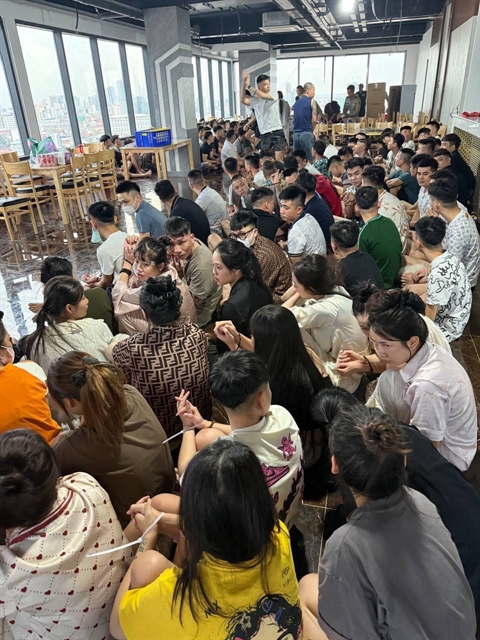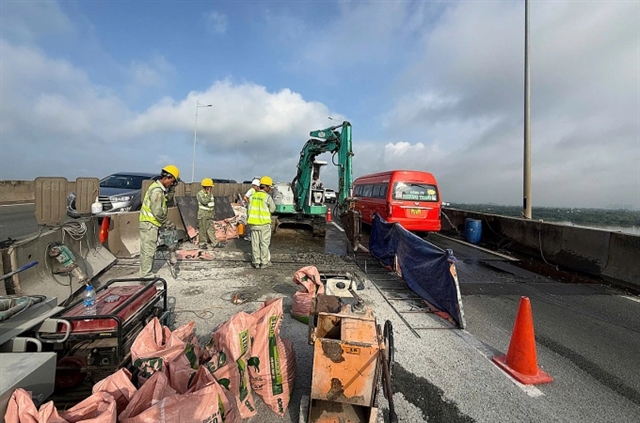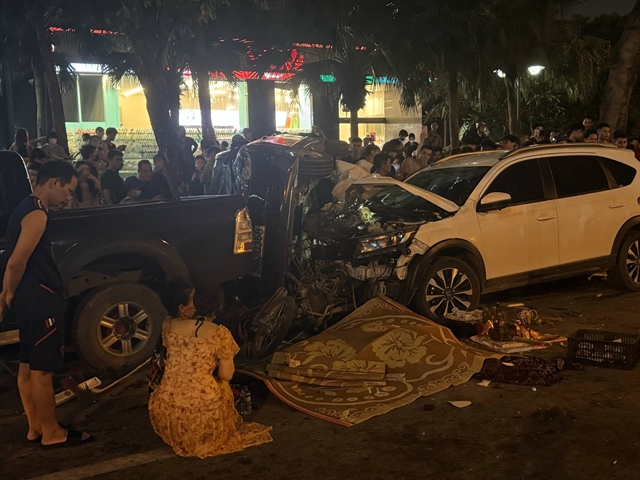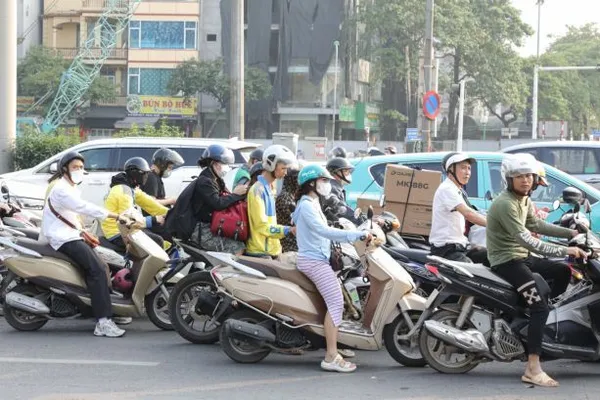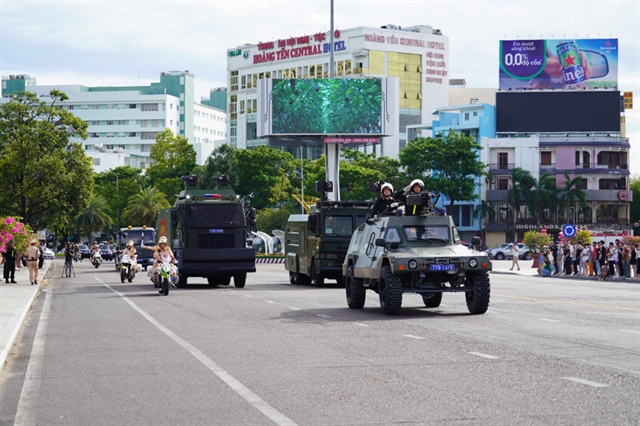 Society
Society
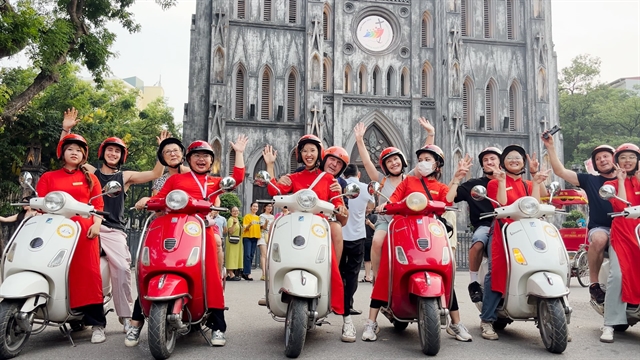
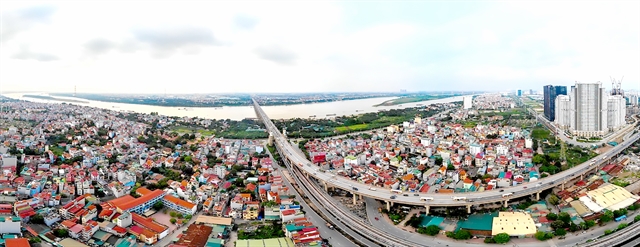 |
A aerial view of Hà Nội from above. — VNA/VNS Photo |
HÀ NỘI — As Hà Nội undertakes the adjustment of the Capital's General Planning and Hà Nội Capital Planning, a concerted effort is directed towards elevating satellite urban models to a higher standard, ensuring the scientific basis and practicality of these projects from the approval stage.
The General Planning of Hà Nội Capital City until 2030, with a vision to 2050, was initially sanctioned by the Prime Minister in Decision No. 1259/QĐ-TTg on July 26, 2011 (Plan 1259). This decision outlined the central urban structure and identified five satellite metropolitan areas and towns.
Despite over 12 years since approval, the progress in implementing planned satellite towns has been sluggish.
The capital city authorities have then opted to streamline the number of satellite urban areas from five to two as part of the project, amending the Capital's general planning until 2045, with a vision extending to 2065.
Nguyễn Trọng Kỳ Anh, the Director of Hà Nội’s Department of Planning and Architecture, acknowledged the shortcomings in the development of the satellite urban area model in recent years, prompting a comprehensive review and redefinition of the model and its corresponding roadmap.
He said in response to changing circumstances, Hà Nội Capital City has decided to proceed with only two satellite urban areas: Sơn Tây and Phú Xuyên.
Vice Chairman of the Hà Nội People's Committee, Dương Đức Tuấn, said that the Phú Xuyên satellite urban area had been identified as a key potential development zone due to its strategic alignment with the construction plan for Hà Nội's southern airport, the high-speed railway, and the Red River waterway transport system.
The city envisions transforming Phú Xuyên into an industrial urban area, a pivotal transportation hub, and a goods transhipment centre.
Conversely, the Sơn Tây satellite urban area is oriented towards maximising traditional cultural values. The goal is to create distinctive tourism products, accentuating architectural and historical elements. This includes the restoration of ancient villages and the old town, culminating in the establishment of an intangible exhibition centre and a venue for showcasing traditional cultural heritage.
To translate the new planning into practical action, vice president of the Việt Nam Planning and Urban Development Association, architect Đào Ngọc Nghiêm, highlights the significance of Resolution No. 15/NQ-TW, outlining directions and tasks for Hà Nội Capital's development until 2030, with a vision extending to 2045.
The resolution emphasises the need to "focus on forming several new growth pillars, gradually creating urban clusters and satellite cities."
To effectively execute this directive, there is a requirement for a unified understanding and a well-defined roadmap, Nghiêm said.
For Hà Nội, this model aligns with current and future development practices of the capital. By adopting this approach, the city can establish additional growth poles in industry, education, commercial services, culture, physical education, and sports. He said this strategy aims to alleviate pressure on the central urban area, particularly concerning environmental and infrastructural concerns.
While interconnected with the centre, Satellite towns serve independent functions, harmonising with natural elements and preserving traditional culture. They contribute to the creation of green and ecological spaces. Looking ahead, these satellite cities are envisioned as areas conducive to startups, fostering innovation, and adapting to the dynamics of both a youthful and ageing population.
Former Deputy Minister of Construction Lê Quang Hưng acknowledges Hà Nội's urban development orientation, supporting the central urban structure, satellite urban areas, and the "City within a city" concept.
He emphasises the need to address limitations observed during the 12 years of implementing Plan 1259. He said the model of satellite cities, or "cities within a city", requires synchronised investment to form a complete urban structure, fulfilling all the residents' living and working needs.
This demands substantial investment resources, balanced planning, and a reasonable timeframe for implementation in accordance with legal standards for new development models, Hưng said.
To ensure the practicality and feasibility of the new planning, Vice Chairman of the Hà Nội People's Committee, Dương Đức Tuấn, emphasised the need for comprehensive synchronisation. Alongside the preparation of a project to adjust the General Planning of Hà Nội Capital City until 2045, with a vision to 2065, aligned with the Hà Nội Capital City Planning for 2021-2030, with a vision to 2050, the city has formulated an urban development programme covering the entire city.
This programme encompasses crucial aspects such as zoning, progress, roadmap, implementation resources, key areas, development priorities, preservation and enhancement zones, and investment and management solutions for urban-rural areas.
Following approval of the project to adjust the Capital General Planning and Hà Nội Capital Planning by the Prime Minister, this comprehensive programme will be submitted to the City Party Committee for consideration and approval. — VNS

